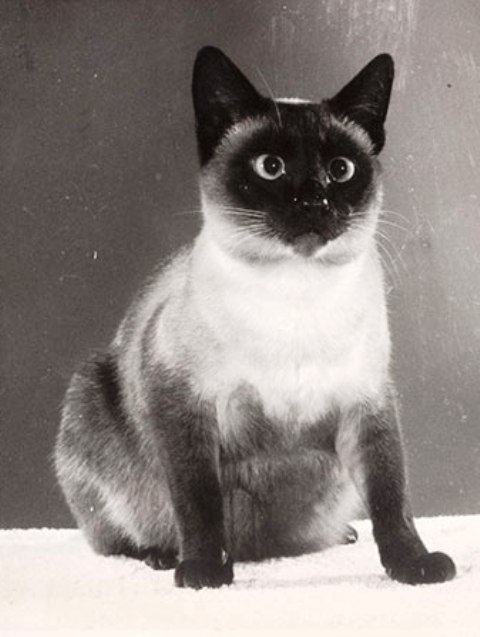
Centuries ago, Siamese cats lived a life of luxury in their native Siam (now Thailand). Some of these exotic felines lived within palace walls as the regal pets and mouse catchers of Siam royalty. Others served as valued guardians of Buddhist temples.
In 1878, the first documented Siamese cat to reach the United States moved into the White House. In 1904, the crew of the steamship Satsuma brought a very sacred Siamese cat and her kittens to Red Hook, Brooklyn.
On February 8, 1904, Japan issued a declaration of war against Russia. Eight days later, Russia declared war on Japan. The 19-month war that followed — the Russo-Japanese War – was called “the first great war of the 20th century.”
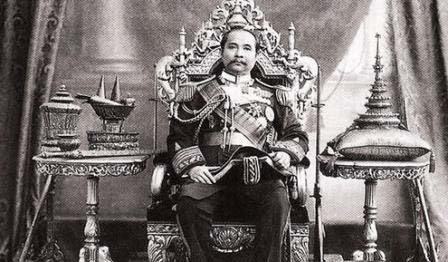
On May 5, 1904, the New York and Oriental Steamship Company’s Satsuma sailed from Yokohoma to Singapore via Hong Kong with a cargo hold of goods from China and Japan.
The Chinese crew (only the captain and high-ranking officers were British or American) prepared for their dangerous war-time voyage by burning incense and casting paper slips in the water bearing prayers to the sea gods for safe passage.
On this trip, the Satsuma cargo comprised firecrackers, corkwood, matting, Oriental curios, and a large quantity of rattan. It also included railroad ties and engines, which could be classified as contraband if the ship were to be captured by Russian war vessels.
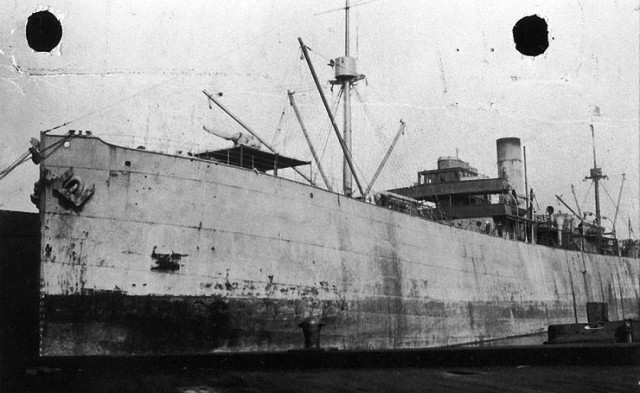
The voyage from Japan to Singapore took just over eight weeks with the stopover in Hong Kong. The Satsuma didn’t dock at Singapore, but only anchored in the harbor to receive additional cargo from other vessels.
During this time, Captain William Chubb and Chief Officer Alexander Hodgson noticed that many Siamese government vessels were scrutinizing the craft in the harbor, especially the small vessels and Chinese junks coming from the direction of Bangkok.
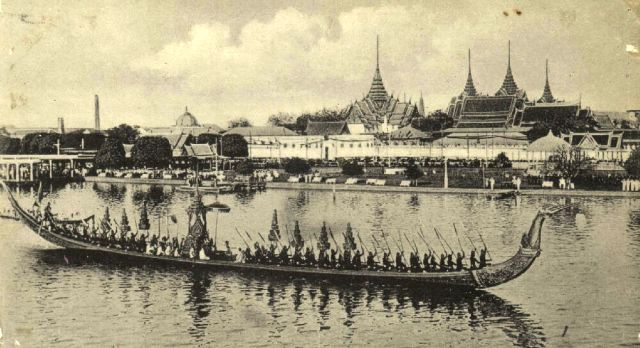
When the officers inquired about all the harbor activity, they learned that King Chulalongkorn’s Siamese cat had been missing for about six days. The King of Siam was offering a $1,000 reward for her safe return and the capture of her abductors.
As it happened to be, the Satsuma was overrun with rats at this time, and the crew had been on the lookout for a good cat. Their mascot parrot was simply not getting the job done. As the chief officer explained to The New York Times, the men did not care whether the cat belonged to a king or was “an everyday tramp species,” as long as it could kill the rats.
Just before sundown, as the crew was getting ready to sail, a Chinese junk came alongside the Satsuma. The captain of this sailing ship asked if the men wanted a fine cat. When asked the price, the man said he would sell her for 50 cents. The crew agreed to the price and the man climbed on board with the Siamese.
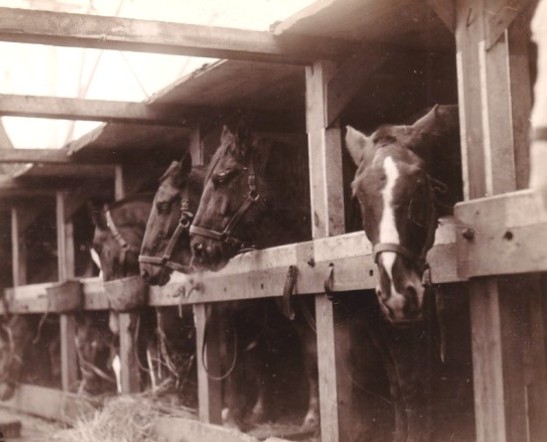
Right away, the crew could see that this was no ordinary cat. When Chief Officer Hodgson asked the sailor where he had gotten her, the man whispered that it was the King of Siam’s cat, and that he wanted to dispose of her because of the relentless search for the sacred feline. (I don’t know why the Chinese sailor didn’t try to get more money for the cat, but perhaps he had abducted the cat and was afraid of getting caught. Or, perhaps he just made up the whole story.)
About this same time, a government craft came alongside and asked where the Satsuma was going. Chief Officer Hodgson said they had just arrived from Hong Kong and were now sailing back to New York. The government official did not press the issue, knowing that the ship would not have had an opportunity to obtain the Siamese anytime within that past week. Free to go, the Satsuma set sail for Brooklyn with the sacred cat on board.

During the two-month journey back to New York, the crew of the Satsuma had several adventures. Not only did they have a run-in with giant stowaway centipedes and narrowly escape a floating Russian mine in the Bohai Sea, they also discovered that their new Siamese cat, which they named Siamese Jane, was pregnant.
As Chief Officer Hodgson told the press, “There would be high doings in the Siamese King’s Court if it were known that his precious pet has brought into the world five more sacred cats, all of which are enjoying perfect health and may be seen any day gambolling on the deck of the Satsuma.”
On August 22, 1904, the Satsuma safely arrived at the Atlantic Basin Pier 33 in Red Hook, Brooklyn. The Chinese crew held a service of thanksgiving and then spent their earnings playing keno on the ship’s deck.
Asked why the officers did not tell King Chulalongkorn’s men that his Siamese cat was on board, Hodgson replied, “Well, it was for the very good reason that if we did the whole bunch of us would have been jailed, and it would have taken the British Consul General a week at least to get us out.”

Asked if they planned on returning Siamese Jane, Hodgson answered, “Yes, we are going to take the cat back, but we will keep her out of sight when we touch at Singapore. Don’t doubt that.” This time, though, he said they would return to Japan via Cape Horn so as to avoid the dangerous Russian cruisers.
As for the five Siamese kittens? Well, no one asked about the kittens, so there is a chance that somewhere in America – maybe even in Brooklyn – someone’s pet cat is a descendant of Siamese Jane, the regal pet of King Chulalongkorn the Great. You never know…
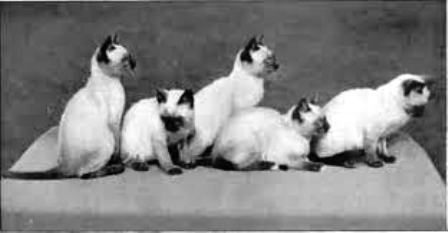




Speechless! Now there’s a story!
I do love these stories that make you say, “Who knew?!” Please feel free to share — that’s why I write this blog, so people can share these amazing tales.
thank you! …would anyone know if Siamese Jane was returned home?
–or more specifically, into the arms of her owner? ‘Home’ home.